About Us

Exquisite Seasonal Ingredients,
Handpicked for Each Season
Japan is blessed with four distinct seasons,
each offering its own unique seasonal ingredients — one of the many charms of Japanese cuisine.
The earliest arrivals of a seasonal ingredient are called “hashiri”, representing the first signs of a season's approach.
On the other hand, “nagori” refers to the tail end of the season, when we savor the final moments and look forward to meeting the ingredient again next year.
While peak-season ingredients (“shun”) are at their most flavorful, both hashiri and nagori carry their own special character and appeal.
A skilled chef carefully selects and balances these seasonal stages to create dishes that allow guests to fully enjoy the beauty of each season.
We invite you to savor these expressions of nature through our cuisine.
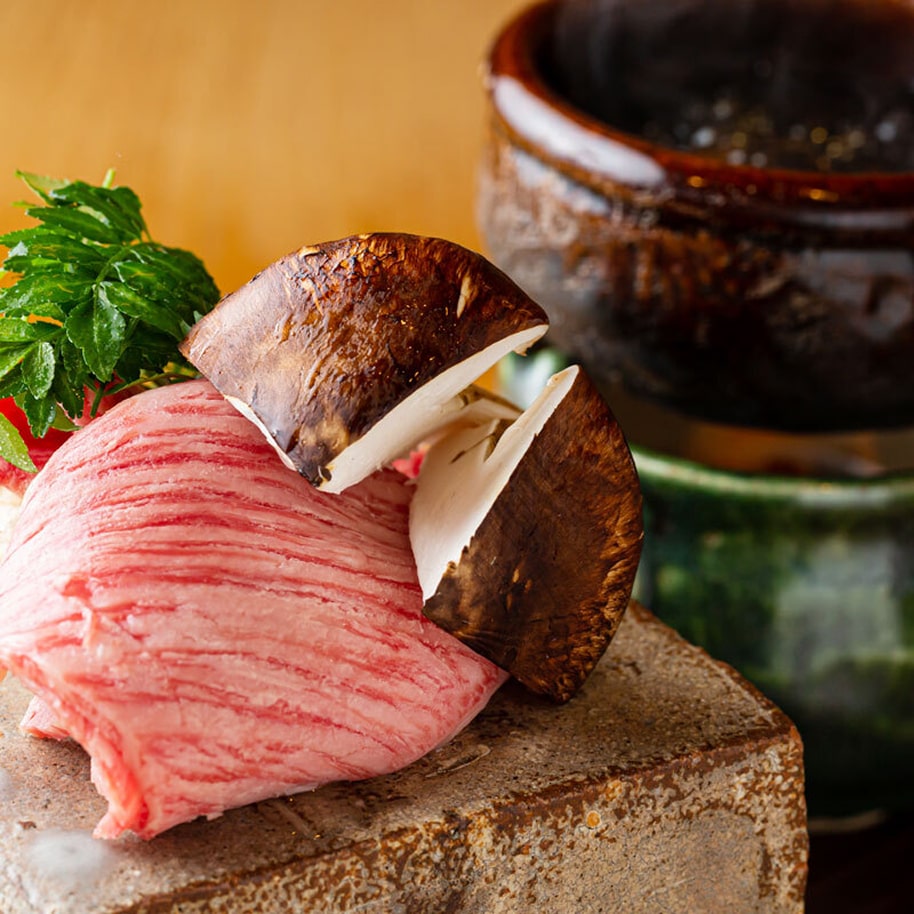
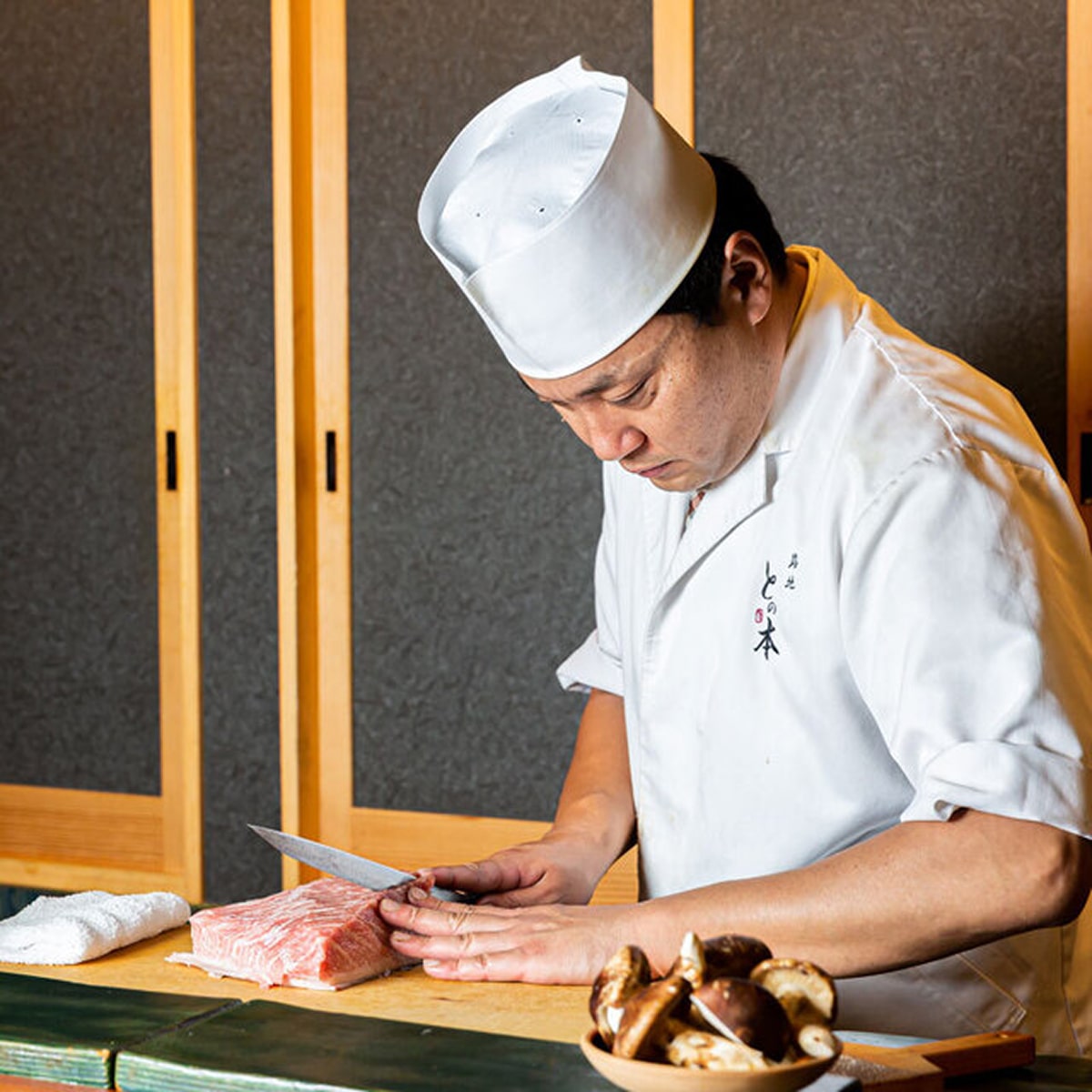
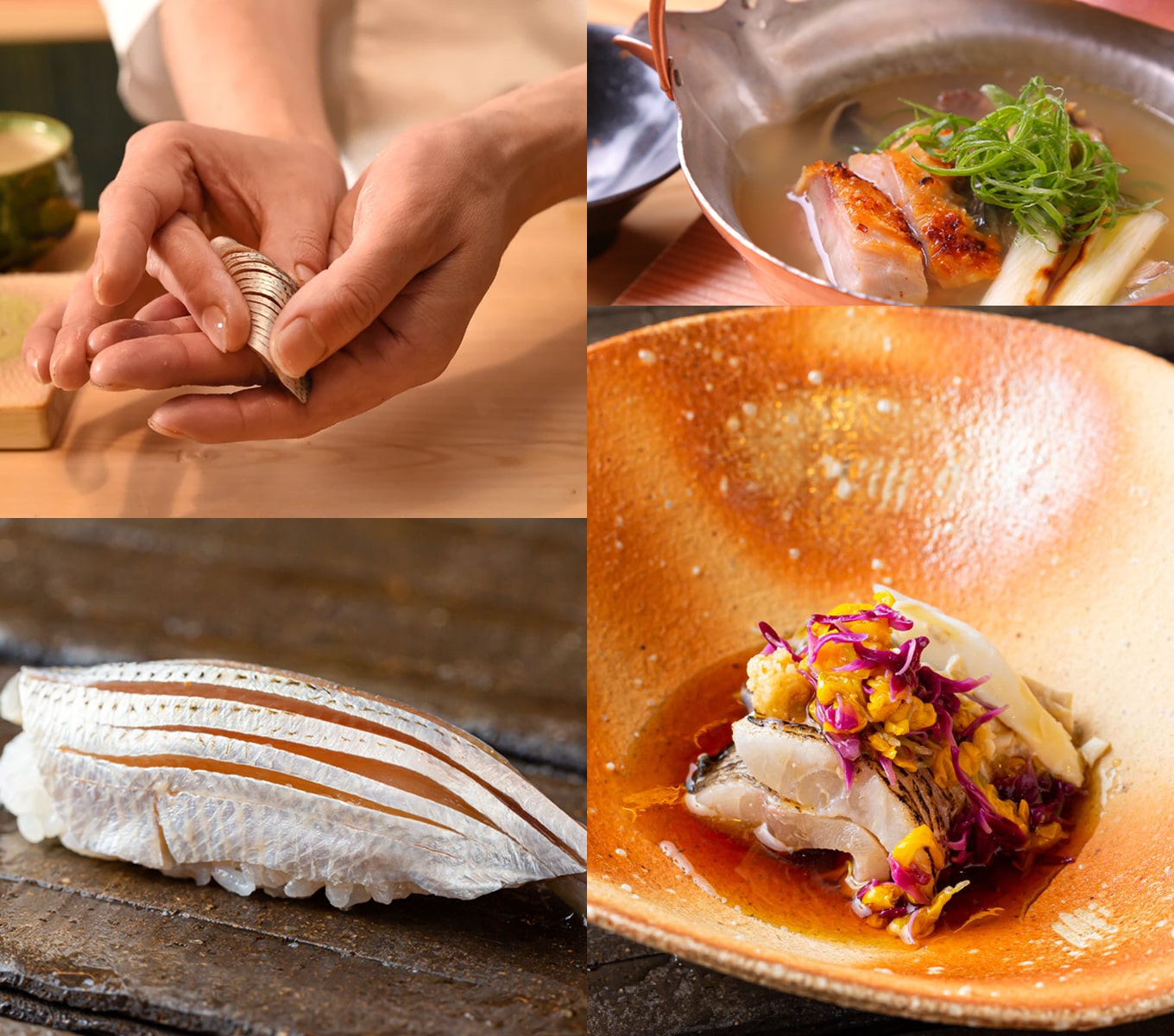
The Essence of Roji Tonomoto
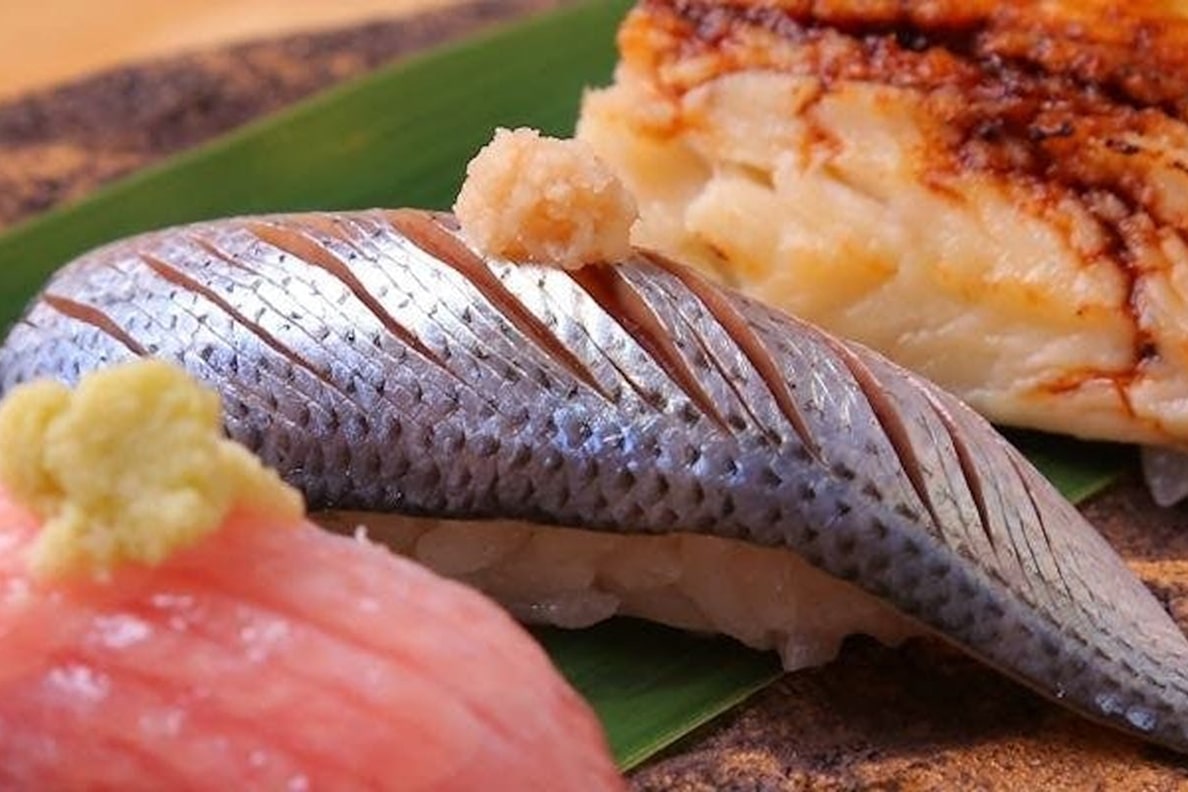
Food
With the desire to offer guests the true pleasure of sushi,
we begin cooking the rice only after the guest arrives.
Just before serving, the freshly steamed rice is seasoned and shaped into sushi, paired with the finest seasonal fish.
The gentle acidity of Chidori vinegar and the subtle salinity of moshio (seaweed salt) enhance the natural flavors of each ingredient, bringing out their essence in every bite.
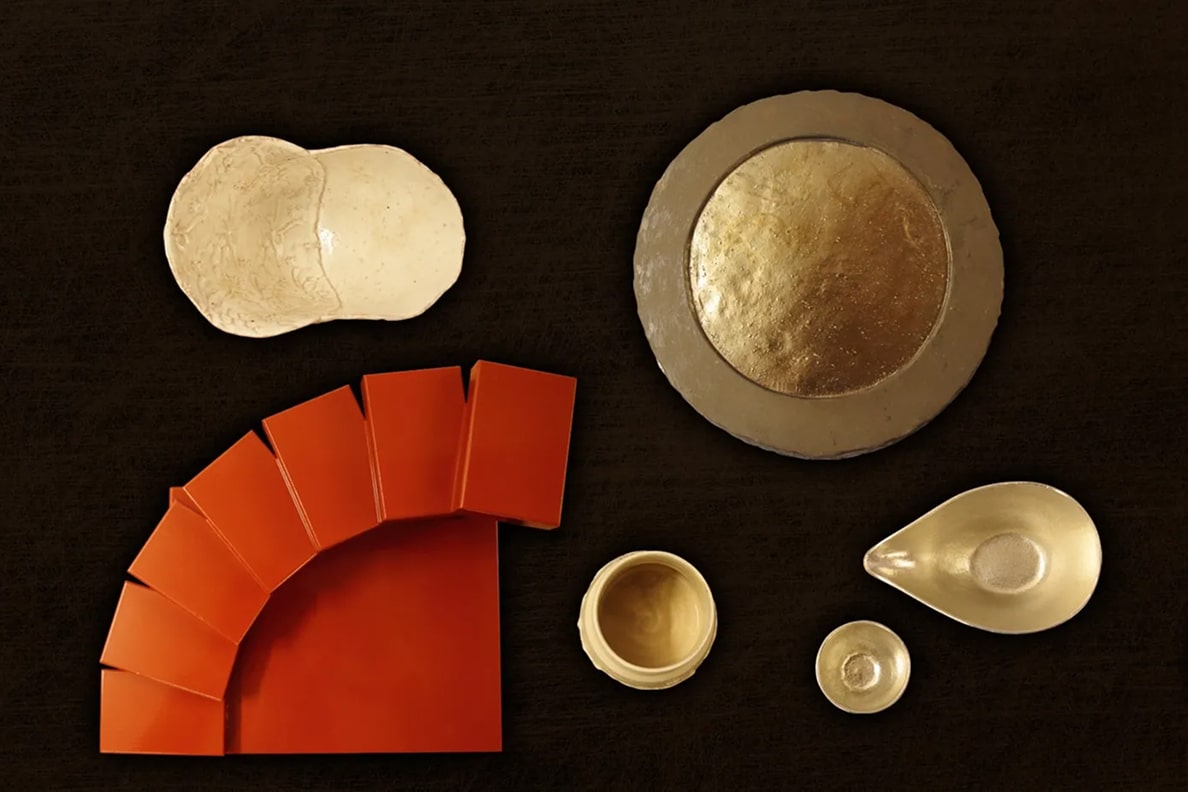
Tableware
We primarily use tableware crafted in Kyoto.
Among them, Oribe ware is known for its distinctive features — asymmetrical shapes, checkered patterns, and geometric designs that often evoke tangible forms.
The unique combination of these expressive ceramics and our cuisine offers visual enjoyment alongside flavor.
For serving broth, we use a rare dōbin (teapot) made not from clay but from copper — a “dōbin” in both name and material.
We believe that tableware is not just a vessel, but an integral part of the dining experience.
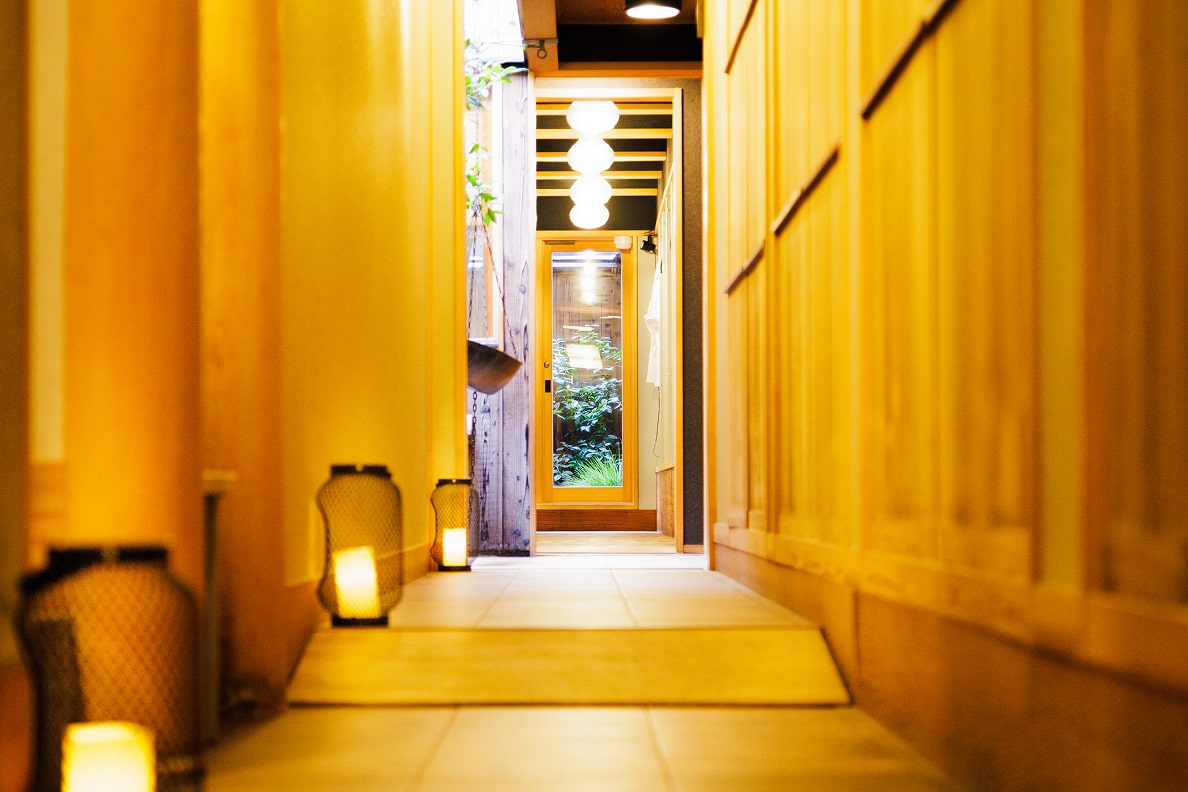
Ambience
As you walk down the narrow corridor within the restaurant, you’ll be gently guided to your seat.
Lanterns at your feet create a serene atmosphere, and the cozy distance — close enough for shoulders to brush — invites relaxed, lively conversation.
At the end of the corridor lies a small inner garden (tsuboniwa), where seasonal plants and flowers quietly reflect the changing seasons.
We pay attention even to the details guests may not easily notice.
We invite you to take a closer look around — you’ll surely feel the care and thoughtfulness woven into every corner of the space.
